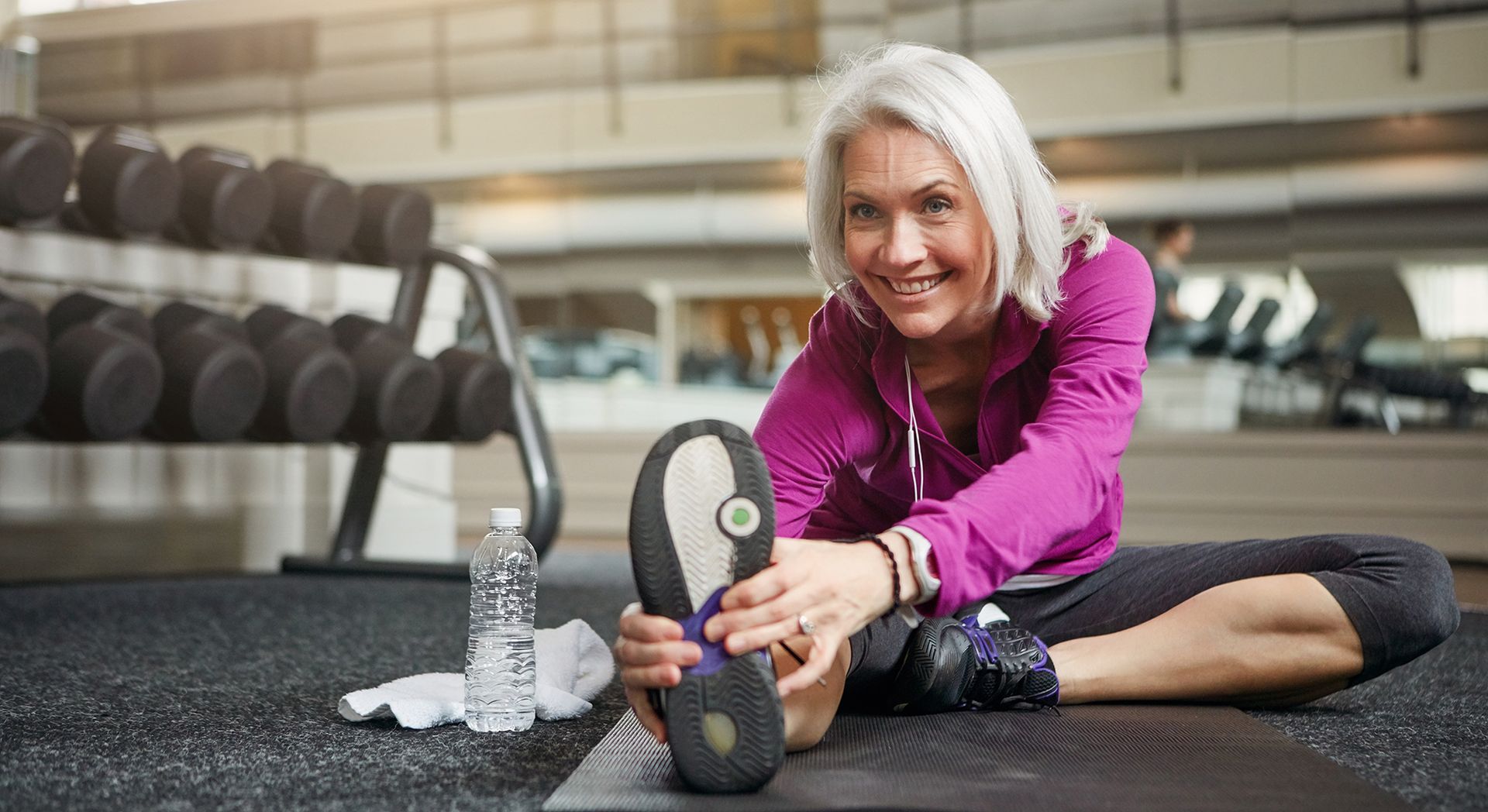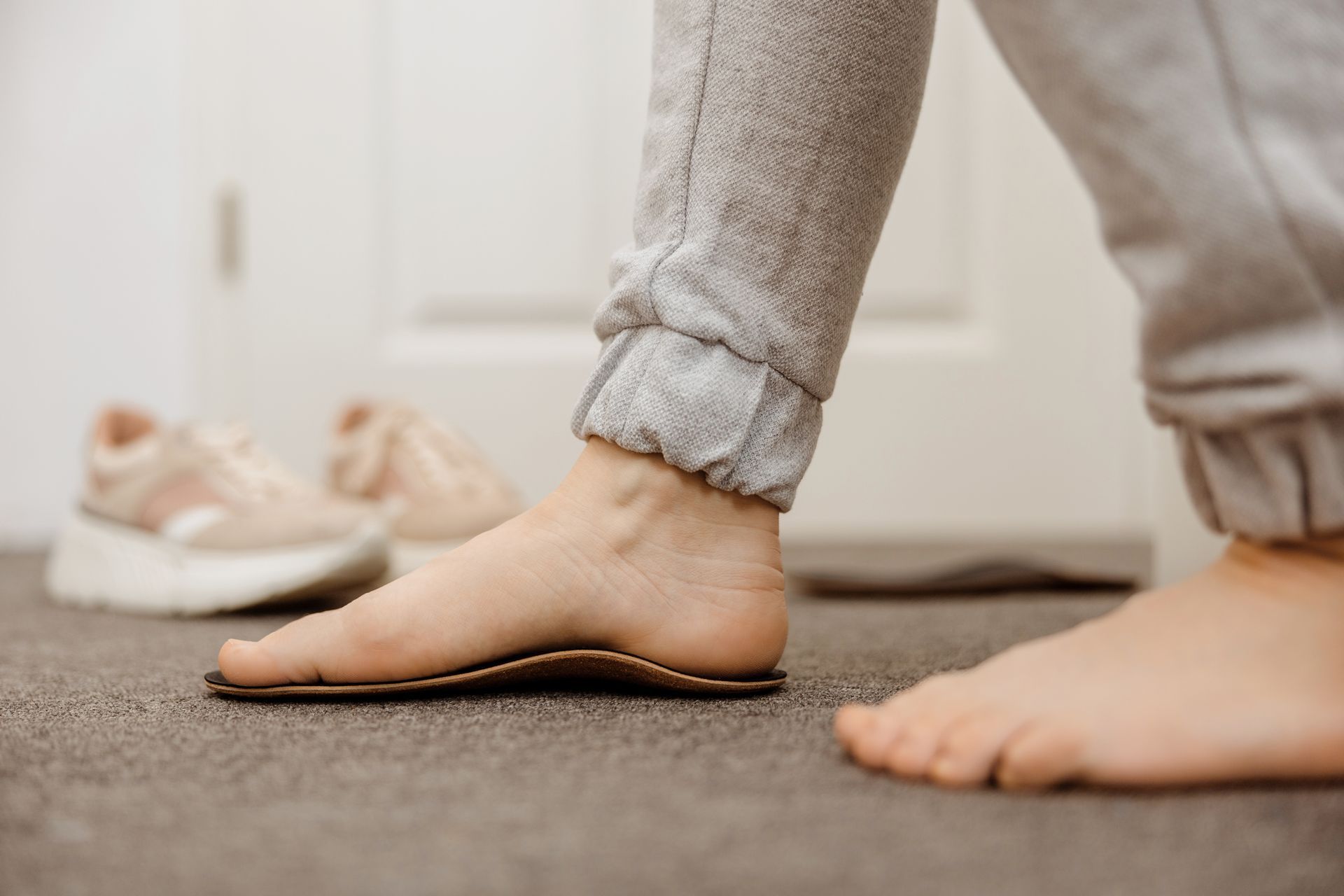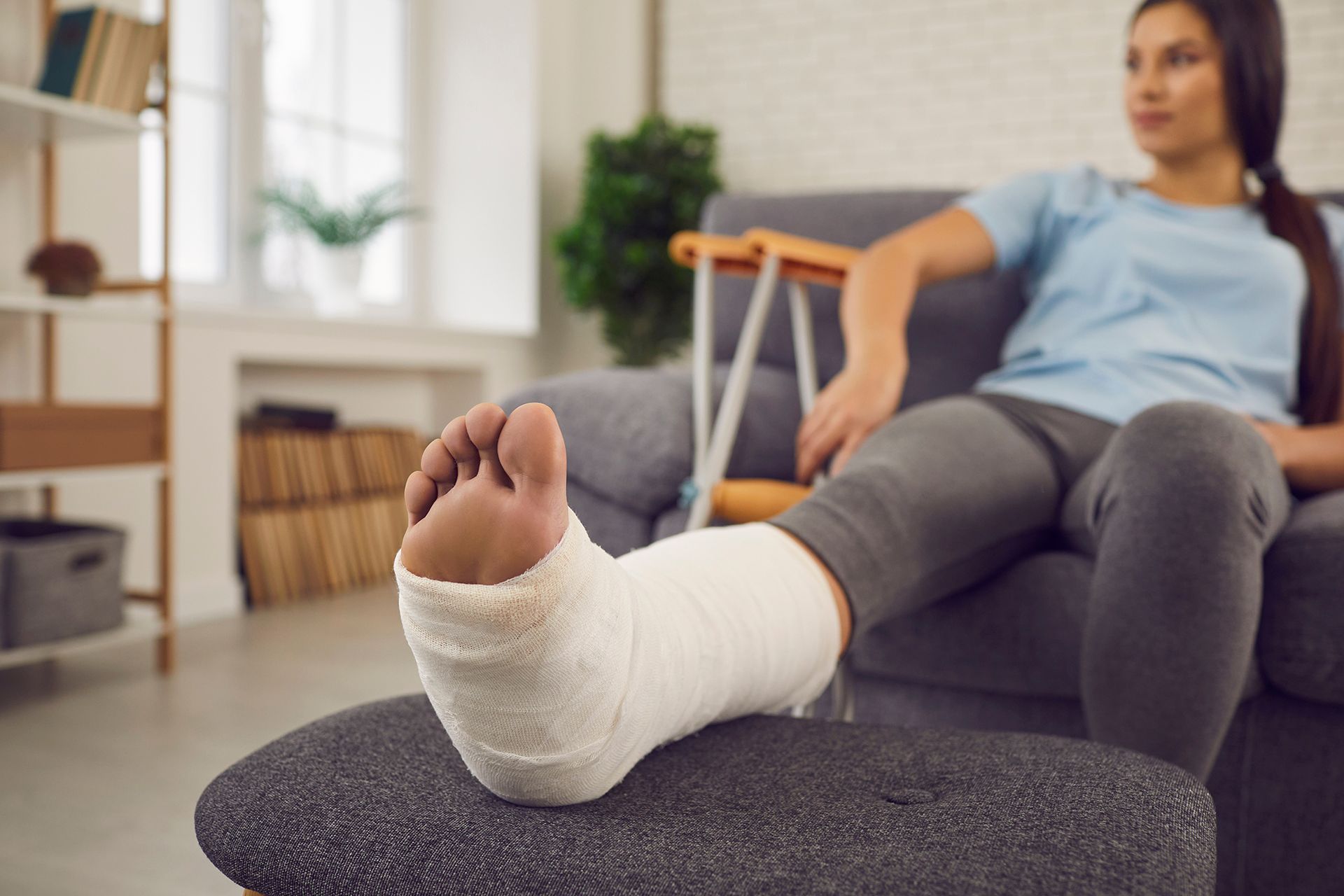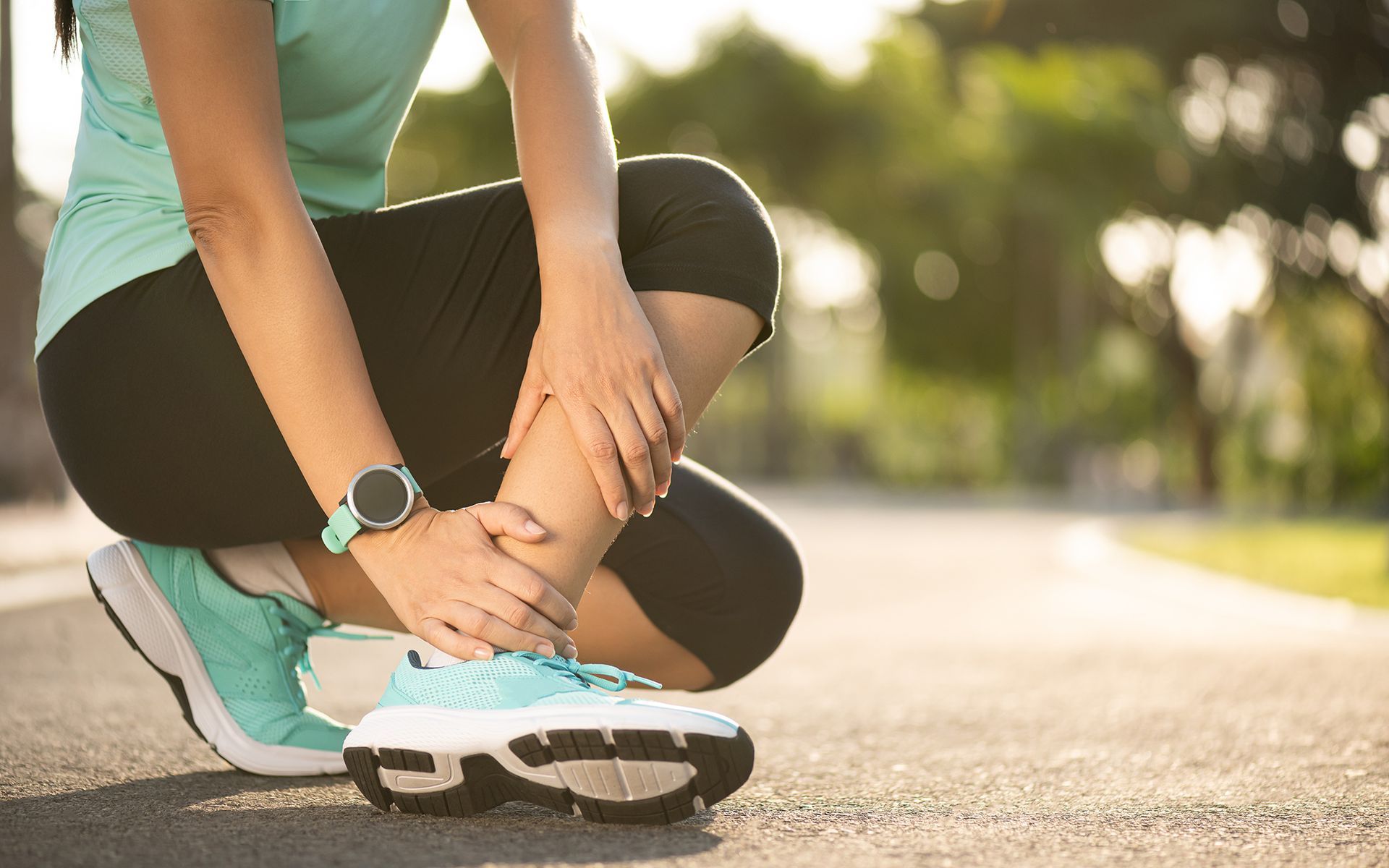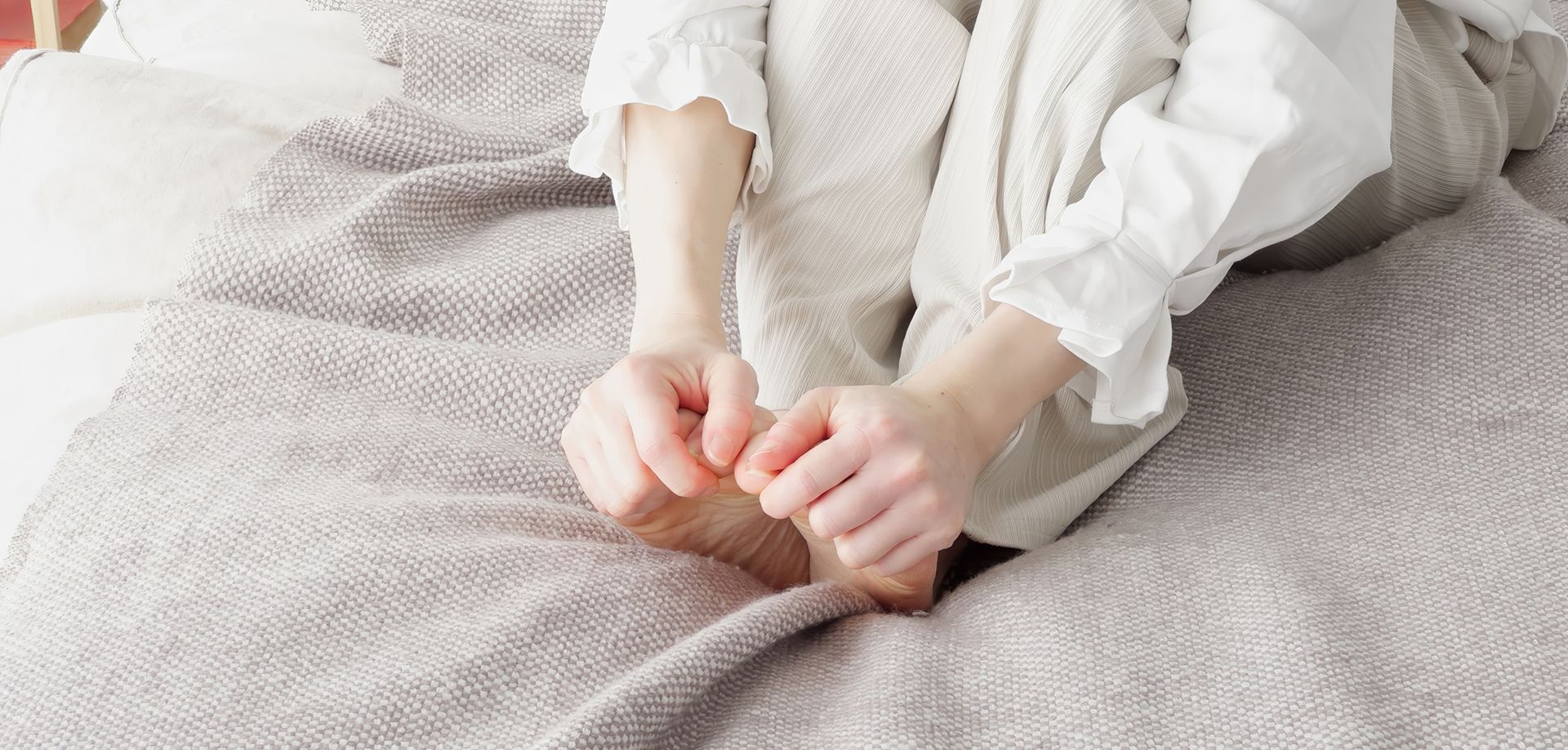Our Harrisburg Podiatrist Explains Why You Shouldn’t Go Barefoot This Spring
With spring fast approaching, you might be eager to ditch your winter boots and feel the grass in-between your toes. But hold on before pulling your socks off: Going barefoot has many negative consequences, like fungus infections, plantar warts, and puncture wounds, just to name a few! In today’s post, our Harrisburg podiatrist shares a few reasons why you should keep your shoes on, rain or shine.
It Affects Your Pronation
One of the biggest problems with going barefoot is less scary than stepping on a nail or a worm, but much more likely: it affects our gait. Walking barefoot on hard surfaces causes your foot to collapse, which places a tremendous amount of stress on the foot and the rest of your body as well. When we walk in shoes, our feet come in complete contact with the ground, and can usually support our body weight without any problem. But without shoes, the way we pronate (move our feet inward to absorb shock and distribute weight) changes. This in turn can affect our stride, causing us pain in our knees, legs and back. It can also increase the progression of foot deformities such as bunions and hammertoes.
It Can Lead to Infections
Parasitic worms, bacteria, and fungi are just a few of the icky things our feet can be exposed to when we go barefoot. You might contract athlete’s foot, a fungal infection that produces itchy, dry, scaling skin or even inflammation, cracks and blisters; toenail fungus, a condition that occurs when a microscopic fungus permeates deep into the nails, causing discoloration and odor; or plantar warts, a thickened, elevated growth of skin caused by a strain of the human papillomavirus (HPV). Then there’s ringworm, tapeworm, and pinworms—we’ll leave all these to your imagination.
You Risk Puncture Wounds (and Tetanus)
We mentioned puncture wounds above, and indeed, puncture wounds are a significant risk of going barefoot—much more than people often assume. When you step on glass, nails, needles, or even a sharp seashell, the wound may harbor foreign matter and/or bacteria under the skin. This can develop into a serious infection, which, if left untreated, can spread into the surrounding tissue and even your bones. With the increasing prevalence of drug-resistant bacteria, even generally healthy people can contract potentially life-threatening staph infections, so it’s best to avoid going barefoot—and treat the injury seriously if you do step on something.
When to Avoid Going Barefoot
As Harrisburg podiatrists, we would prefer that you always avoid going barefoot. Realistically, though, we know that at some point you’re going to want to ditch your shoes and feel the sand between your toes—and that’s okay. Just be sure to wash your feet in hot, soapy water after you get back from the beach, pool, or garden. And, whatever you do, never go barefoot in a public shower or locker room. There’s a reason why Athlete’s foot got its name—most cases start in gyms!
Ryan Foot and Ankle is a Harrisburg podiatrist serving Ballantyne, Concord, Charlotte University, South Park, and nearby areas. To schedule an appointment with our foot doctor or foot surgeon, click here.



